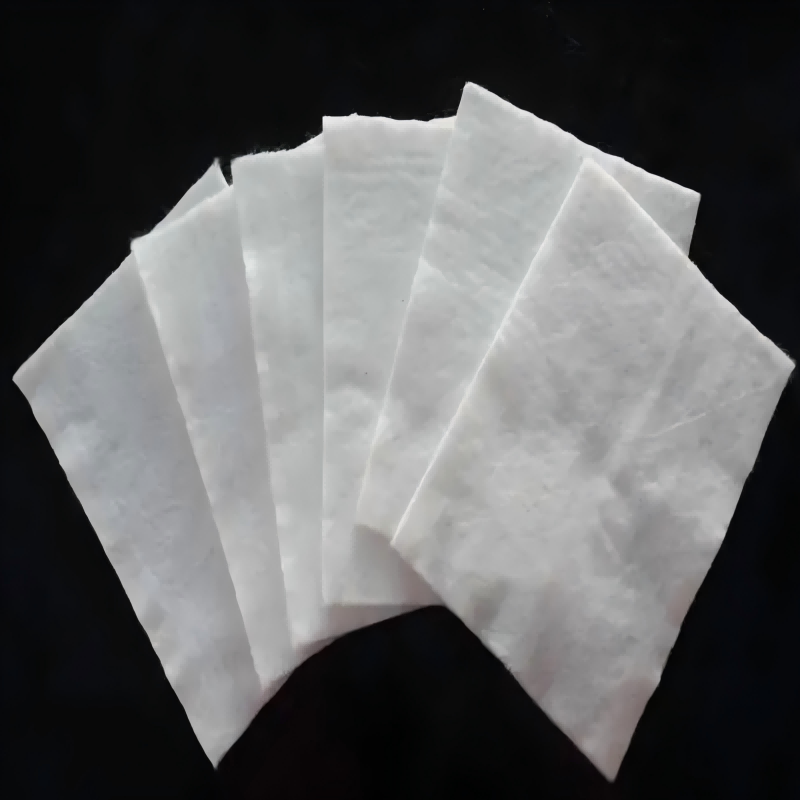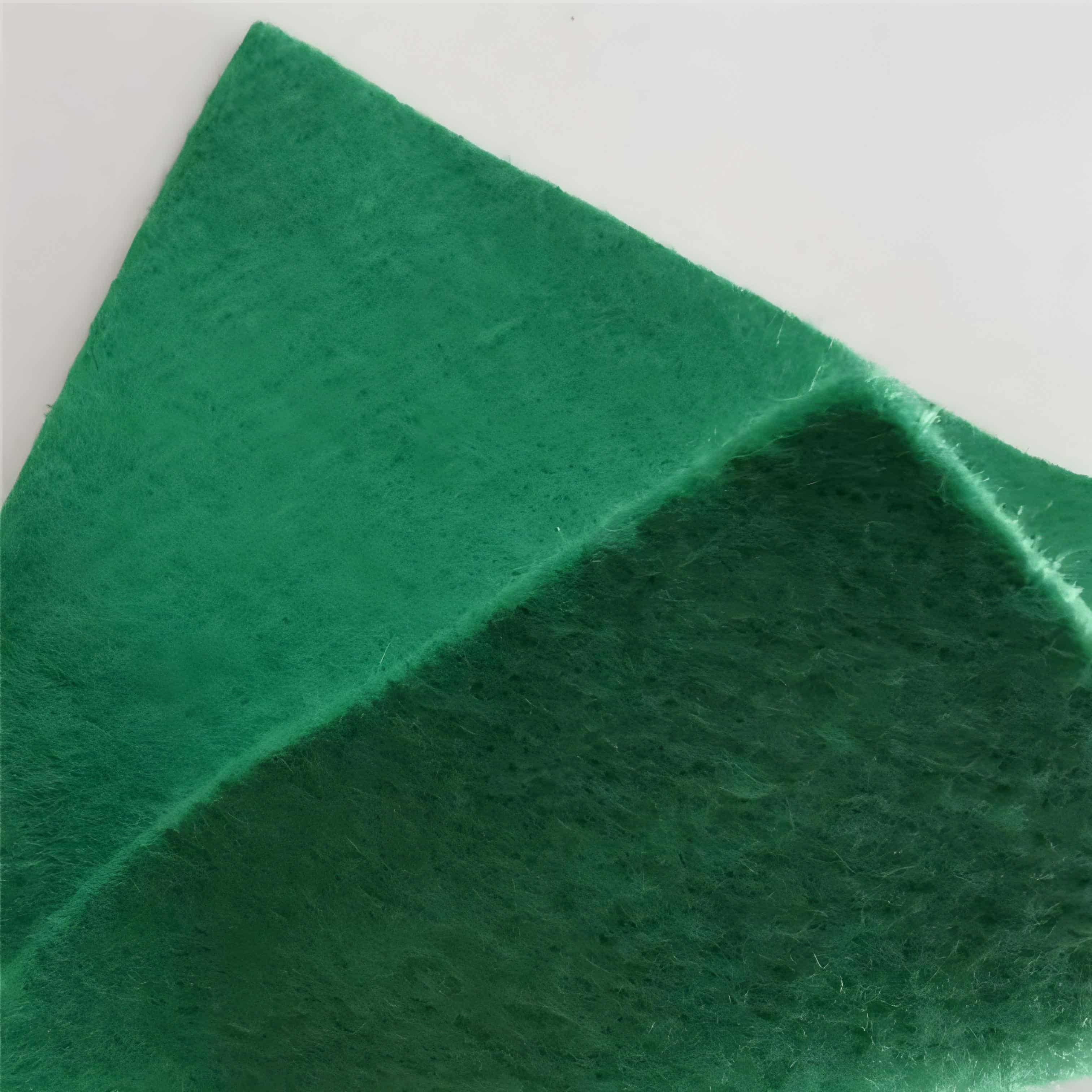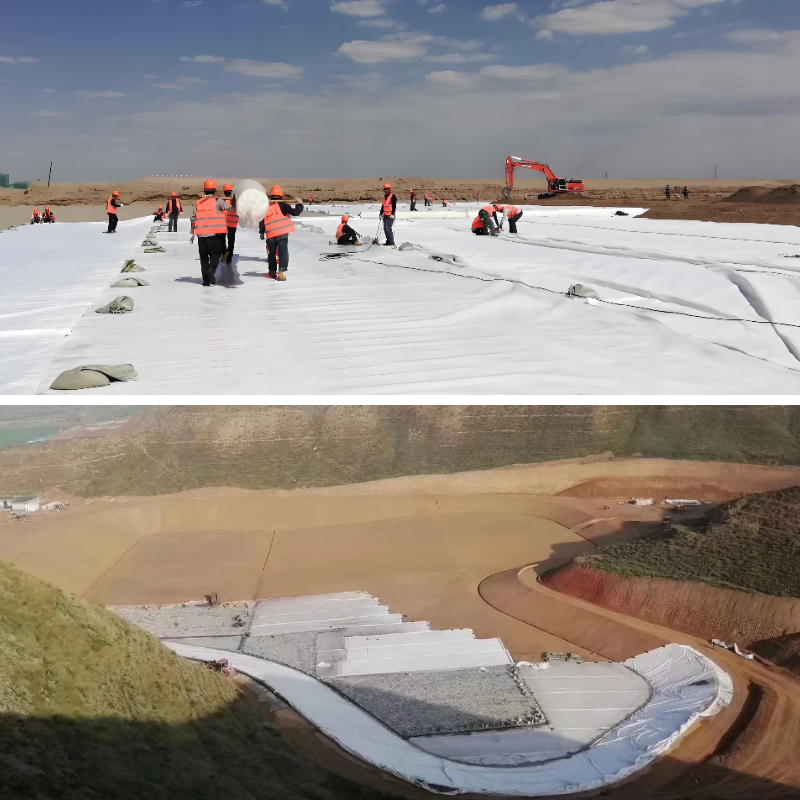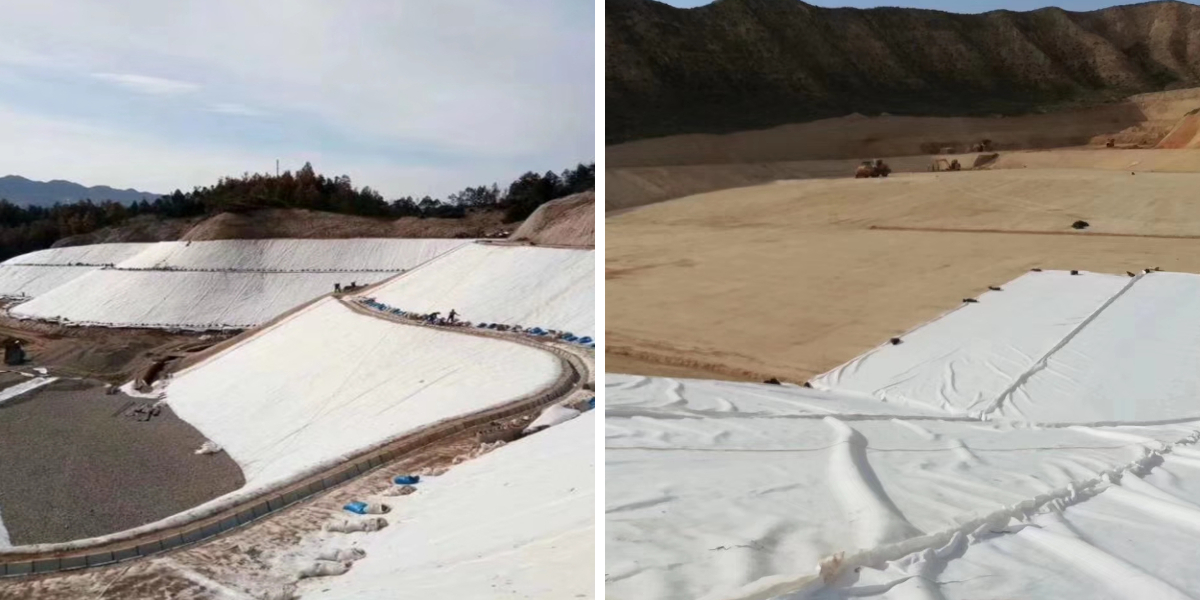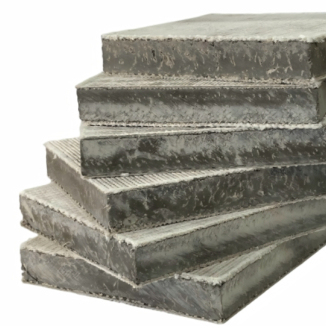Soil Stabilization Geotextile
1. Economic efficiency: Compared to traditional materials such as sand and concrete, it has lower costs and faster construction.
2. Environmental protection and energy conservation: Reduce the use of natural materials and minimize the environmental damage caused by engineering projects.
3. Multifunctionality: It can simultaneously achieve multiple functions such as reinforcement, drainage, and isolation.
4. Strong durability: It can maintain its performance for a long time under UV radiation, chemical substances, and biological effects.
Product Introduction:
Soil Stabilization Geotextile is a permeable geosynthetic material made of synthetic fibers (such as polyester, polypropylene, etc.) through processes such as needle punching, weaving, or thermal bonding. It has functions such as filtration, drainage, isolation, reinforcement, and protection. According to the production process and composite form, it can be divided into the following types:
1. Divided by production process
Non woven geotextile: Short fibers or long fibers are consolidated into a three-dimensional mesh structure through needle punching, thermal bonding, or chemical bonding processes.
Short fiber needle punched geotextile: made of polyester or polypropylene short fibers as raw materials, with randomly arranged fibers, suitable for slope protection, land improvement and other scenarios.
Filament anti sticking needle punched geotextile: It is made of polyester filament, with uniform pore distribution and strong aging resistance, and is commonly used in water conservancy project filter.
Woven geotextile: formed by weaving synthetic fibers (such as polyester and polypropylene) into a regular grid structure, with high strength and deformation resistance, suitable for reinforcement scenarios such as soft foundation treatment and coastal protection.
2. Divided by composite form
Fabric film composite geotextile: Non woven fabric and PE film composite (such as one fabric and one film, two fabrics and one film), with both anti-seepage and drainage functions, used in anti-seepage projects such as tunnels and landfills.
Multi layer composite geotextile: such as non-woven fabric and woven fabric composite, can simultaneously achieve isolation and reinforcement functions, and is applied in complex scenarios such as roadbed reinforcement.
3. Classified by fiber type
Short fiber geotextile: Low cost, good flexibility, suitable for temporary projects or projects with limited budgets.
Long fiber geotextile: Its tensile strength can reach 2-3 times that of short fiber fabric, and its corrosion resistance is better. It is used for high demand permanent engineering.
Core Features
1. Physical properties
High strength: able to maintain sufficient strength and elongation in both dry and wet conditions, with uniform tensile strength.
Permeability: There are gaps between fibers that allow water or gas to freely pass through while retaining soil particles.
Corrosion resistance: Made from synthetic fibers such as polypropylene or polyester, it is acid and alkali resistant, non corrosive, insect resistant, and antioxidant.
2. Construction performance
Lightweight and Soft: The material is lightweight and soft, making it easy to transport, lay, and construct.
Complete specifications: with a width of up to 9 meters and a wide range of mass per unit area (100-1000g/m ²), suitable for different engineering needs.
3. Environmental adaptability
Strong weather resistance: High durability underwater or in soil, able to adapt to different climatic conditions.
Eco friendly: The new biodegradable PLA (polylactic acid) geotextile can reduce post construction pollution.
Product Parameters:
project | metric | ||||||||||
Nominal strength/(kN/m) | |||||||||||
6 | 9 | 12 | 18 | 24 | 30 | 36 | 48 | 54 | |||
1 | Longitudinal and transverse tensile strength / (kN/m) ≥ | 6 | 9 | 12 | 18 | 24 | 30 | 36 | 48 | 54 | |
2 | Maximum elongation at maximum load in longitudinal and transverse directions/% | 30~80 | |||||||||
3 | CBR top penetration strength /kN ≥ | 0.9 | 1.6 | 1.9 | 2.9 | 3.9 | 5.3 | 6.4 | 7.9 | 8.5 | |
4 | Longitudinal and transverse tearing strength /kN | 0.15 | 0.22 | 0.29 | 0.43 | 0.57 | 0.71 | 0.83 | 1.1 | 1.25 | |
5 | Equivalent aperture O.90(O95)/mm | 0.05~0.30 | |||||||||
6 | Vertical permeability coefficient/(cm/s) | K× (10-¹~10-), where K=1.0~9.9 | |||||||||
7 | Width deviation rate /% ≥ | -0.5 | |||||||||
8 | Unit area mass deviation rate /% ≥ | -5 | |||||||||
9 | Thickness deviation rate /% ≥ | -10 | |||||||||
10 | Thickness coefficient of variation (CV)/% ≤ | 10 | |||||||||
11 | Dynamic perforation | Puncture hole diameter/mm ≤ | 37 | 33 | 27 | 20 | 17 | 14 | 11 | 9 | 7 |
12 | Longitudinal and transverse fracture strength (grab method)/kN ≥ | 0.3 | 0.5 | 0.7 | 1.1 | 1.4 | 1.9 | 2.4 | 3 | 3.5 | |
13 | Ultraviolet resistance (Xenon arc lamp method) | Longitudinal and transverse strength retention rate% ≥ | 70 | ||||||||
14 | Ultraviolet resistance (fluorescence UV lamp method) | Longitudinal and transverse strength retention rate% ≥ | 80 | ||||||||
Product Applications:
1. Transportation engineering: used for reinforcing and isolating roadbeds of highways and railways, which can reduce settlement and deformation of roadbeds and improve their stability; It can also serve as an isolation layer between the ballast and the roadbed, or between the roadbed and the soft foundation, to prevent the ballast from sinking into the soft foundation. It can also be used for anti settlement treatment of airport runways, enhancing the runway's load-bearing capacity.
2. Water conservancy engineering: widely used in riverbank slope protection, reservoir seepage prevention, and drainage systems. It can prevent the erosion of the dam by water flow and protect the safety of the dam; As a protective layer for anti-seepage materials in reservoirs, it improves the anti-seepage effect; It can also be used as a filter layer for water wells, pressure relief wells, or inclined pressure pipes in hydraulic engineering to prevent sediment from entering the pipeline and ensure its smooth flow.
3. Environmental protection engineering: Geotextile can be used as a part of the anti-seepage system to prevent garbage leachate and sewage from leaking, polluting groundwater and soil. At the same time, it can also play a role in filtration and drainage, ensuring the normal operation of the anti-seepage system.
4. Municipal engineering: can be used for preventing weed growth in green belts, reducing weed growth by isolating soil and weed seeds; It can also be used for drainage of underground garage roof, quickly draining the accumulated water on the roof and protecting the roof structure from water erosion.
5. In the agricultural field: used for drainage ditches in farmland, it can prevent the collapse of the ditch wall and also play a filtering role to avoid soil blocking the drainage ditch; In the reinforcement of greenhouse foundations, the stability of the foundation can be improved to prevent the greenhouse from sinking and deforming.
Geotextile has become a key material in modern engineering construction due to its advantages such as high strength, permeability, and corrosion resistance. With the advancement of technology, its application scope will further expand and play a greater role in fields such as infrastructure, environmental protection, and agriculture.



